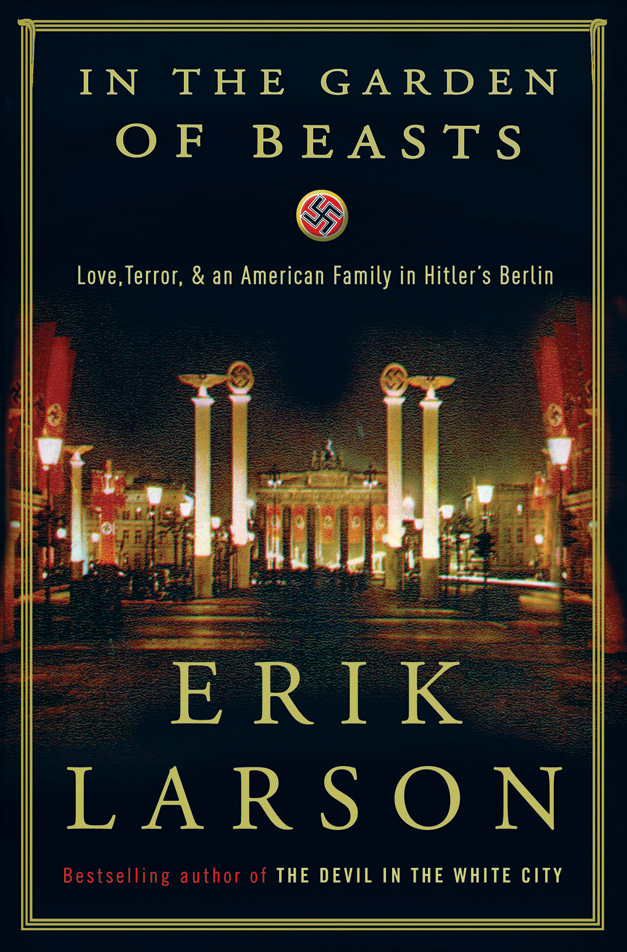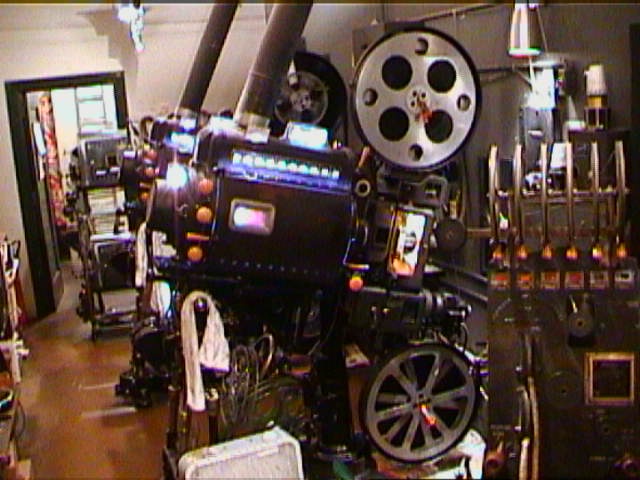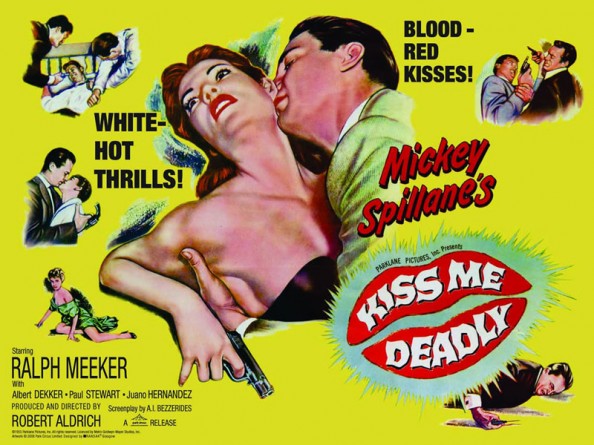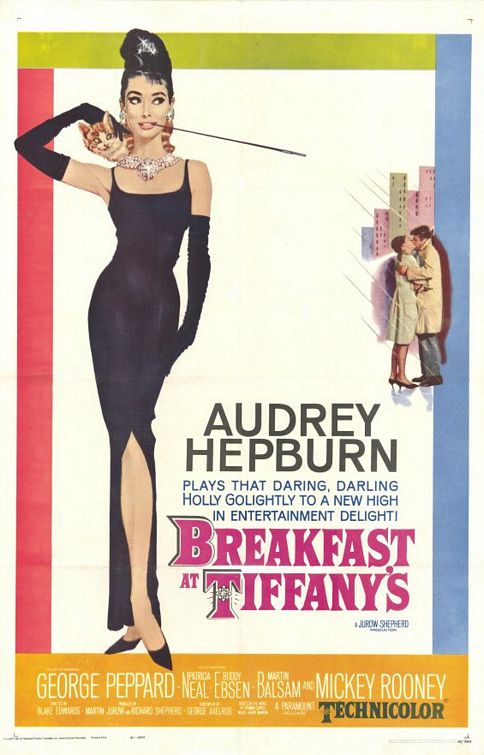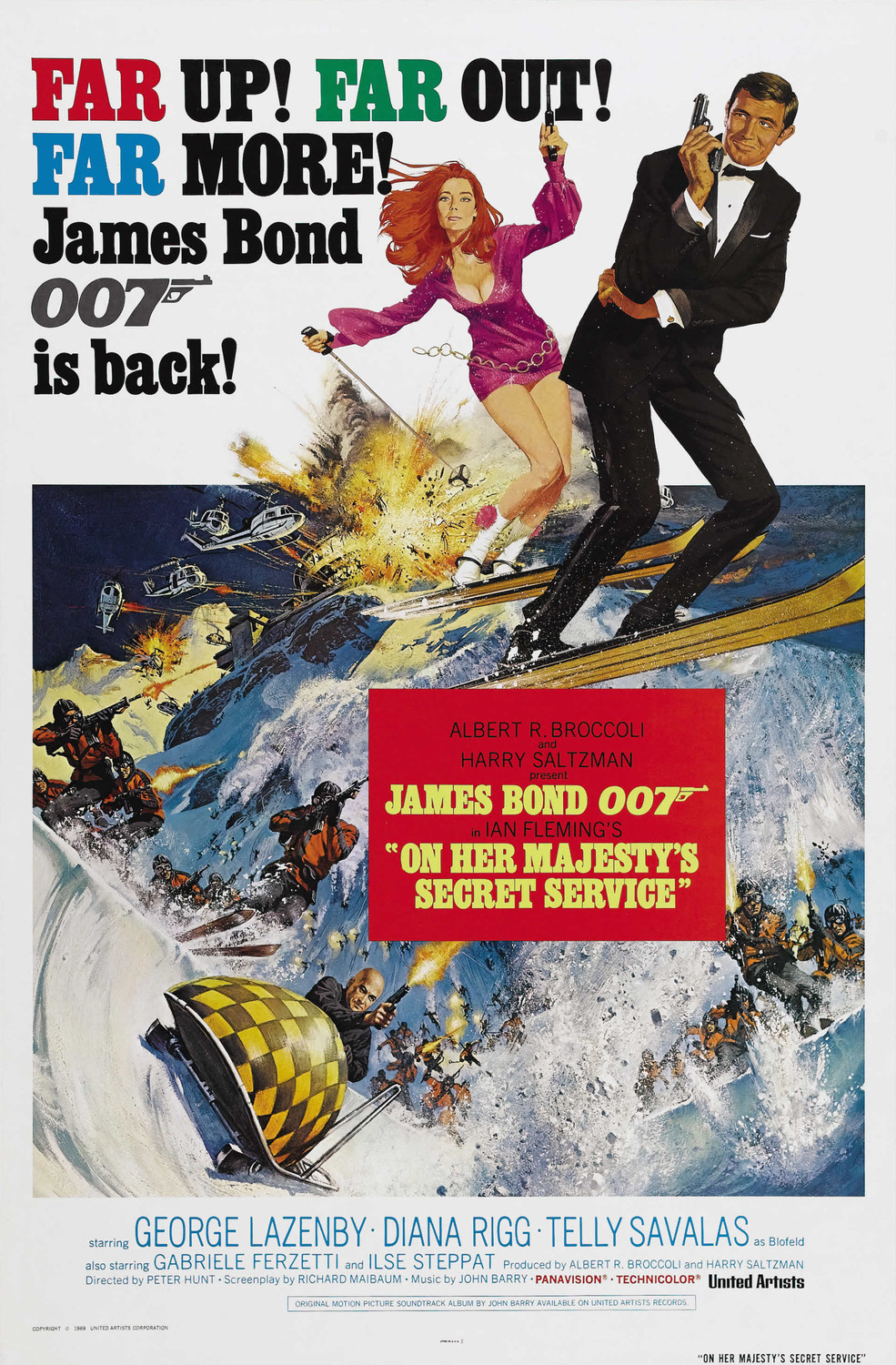Two classic horror films are playing this weekend (Saturday and Sunday) at the Paramount: FRANKENSTEIN (1931) and THE EXORCIST. Check them out if you can and if you don't make it to the theater, here are my film notes to enjoy.
Submitted for your approval
here tonight are two classic horror films. They serve as touchstones for both
the genre (horror) and the medium (film) and both are among the best of their
respective sub-genres: the mad scientist who dabbles in things not meant for
man to know and demonic possession. Separated by a gulf of forty-two years,
they are as different as night and day in terms of sophistication, polish and technical
prowess. Yet both films were critically and commercially successful in their
day and they both scared the bejesus out of audiences at the times of their
release.
In the years since Mary
Shelley first published her novel Frankenstein
or The Modern Prometheus in 1818,
the story of Frankenstein and his monster have become a part of Western
civilization’s cultural landscape. And over the years, however incorrectly, the
name “Frankenstein” has come to refer more to the monster he created and not
the man who made him. Say the word “Frankenstein” and most people will
immediately conjure up an image of a stiff-limbed, green-skinned,
square-headed, scarred and bolt-necked monster. That indelible image was
created in the 1931 film Frankenstein
but as famous as it has become, it was not the first cinematic depiction of the
Frankenstein monster.
That honor belongs to a
one-reel, fifteen-minute silent film produced in 1910 by, of all people, Thomas
Edison. Edison’s Frankenstein is a
bizarre little piece of cinema, with the monster created more by magical than
scientific methods and the effects combination of puppetry and the heavily
made-up actor Charles Ogle. The result is a singularly strange and creepy film,
made all the more eerie for its’ sheer antiquity and primitiveness.
Years later, in 1931,
Universal Studios struck box-office gold with the production of Dracula, directed by the legendary Tod
Browning with Bela Lugosi in the title role that forever typecast the Hungarian
actor. Realizing that there was good money to be made in rather cheaply
produced horror films, Universal quickly put Frankenstein into production that same year.
Although produced by the same
studio Frankenstein is a far
different film from Dracula. Director
James Whale brought a sense of German Expressionism to the look of the film
with stylized sets and landscapes which created a feel of an “Earth Universal.”
Also, Whale realized that films should move, unlike the static and stagey Dracula. As a result, Whale moves his
camera more, cuts more quickly and offers a series of vertically composed shots
which emphasize the distance between heaven (God) and earth (man).
Colin Clive is perfect as the
mad Dr. Henry Frankenstein. Locked away in a tower laboratory, Frankenstein and
his assistant Fritz (Frye, who was also in Dracula)
attempt to give life to a body sewn together from parts robbed from local
graves. There’s just one hitch: the creature has a criminal brain. Henry’s
fiancée Elizabeth (Clarke), his best friend Victor (Boles) and Dr. Waldman (Van
Sloan, another Dracula alumnus) all
try to stop him.
But the switches are
eventually thrown and in one of horror cinema’s greatest sequences, the monster
is brought to life. Brilliantly portrayed by Boris Karloff (with icon defining
make-up by Jack Pierce), the monster quickly kills several people and escapes
into the woods where he has another fateful encounter with little Maria. In the
end, the angry, frightened villagers storm after the monster and the creature
and his creator have a final showdown in a fiery windmill.
By the time William Friedkin
made The Exorcist in 1973, the horror
film had undergone many changes since the glory days of Universal’s golden age
of horror. Color production brought bright and vivid blood onto movie screens
and the envelope of subject matter had not only been pushed but almost
completely shattered. In Friedkin’s film, horror is located not in some
fairytale black-and-white universe but in the here and now. The setting is the
upscale and reserved community of Georgetown where twelve-year-old Regan
(Blair) appears to have been possessed by an ancient demon. The girl’s
increasingly odd behavior is initially dismissed as delusional. But as the evil
continues to manifest itself, doctors and experts are at a loss to explain
what’s happening. Finally, when the full horror is revealed, an exorcist is
called in as a last resort.
Make that two exorcists.
Young Father Damian (Miller) is experiencing his own crisis of faith and needs
the help of the more experienced Father Merrin (von Sydow), who unearthed the
demon at the beginning of the film, to expel the entity. There’s also a series
of unexplained and blasphemous murders being investigated by a dogged cop
(Cobb). All of these narrative elements combine to produce one of the most
horrifying films ever made.
The Exorcist
shattered taboos in its’ graphic depiction of demonic possession. The brilliant
make-up by the legendary Dick Smith and the special effects are groundbreaking
and disturbing. Friedkin slowly ratchets up the suspense and mounting aura of
dread until the third act becomes almost unbearably intense. The entire cast is
first rate and the script, by William Peter Blatty from his novel, is
intelligent and literate.
Adding to the unease, at
various points throughout the film, horrific subliminal images are briefly
flashed on the screen, images that stay in your mind long after the film is
over. Some scenes were cut before the initial release of The Exorcist and that footage (which is pretty shocking stuff) has
since been restored in what’s become known as “the version you’ve never seen.”
The Exorcist
received ten Academy Award nominations including: Best Picture, Best Director,
Best Actress (Burstyn), Best Supporting Actor (Cobb), Best Supporting Actress
(Blair), Best Adapted Screenplay (winner), Best Cinematography and Best
Editing. Two imminently forgettable sequels followed Exorcist II: The Heretic (1977) and The Exorcist III (1990) along with a short-lived tsunami of
exorcism and possession themed exploitation films.



.jpg/300px-Isle_of_the_Snake_People_(1971).jpg)
_02.jpg)





